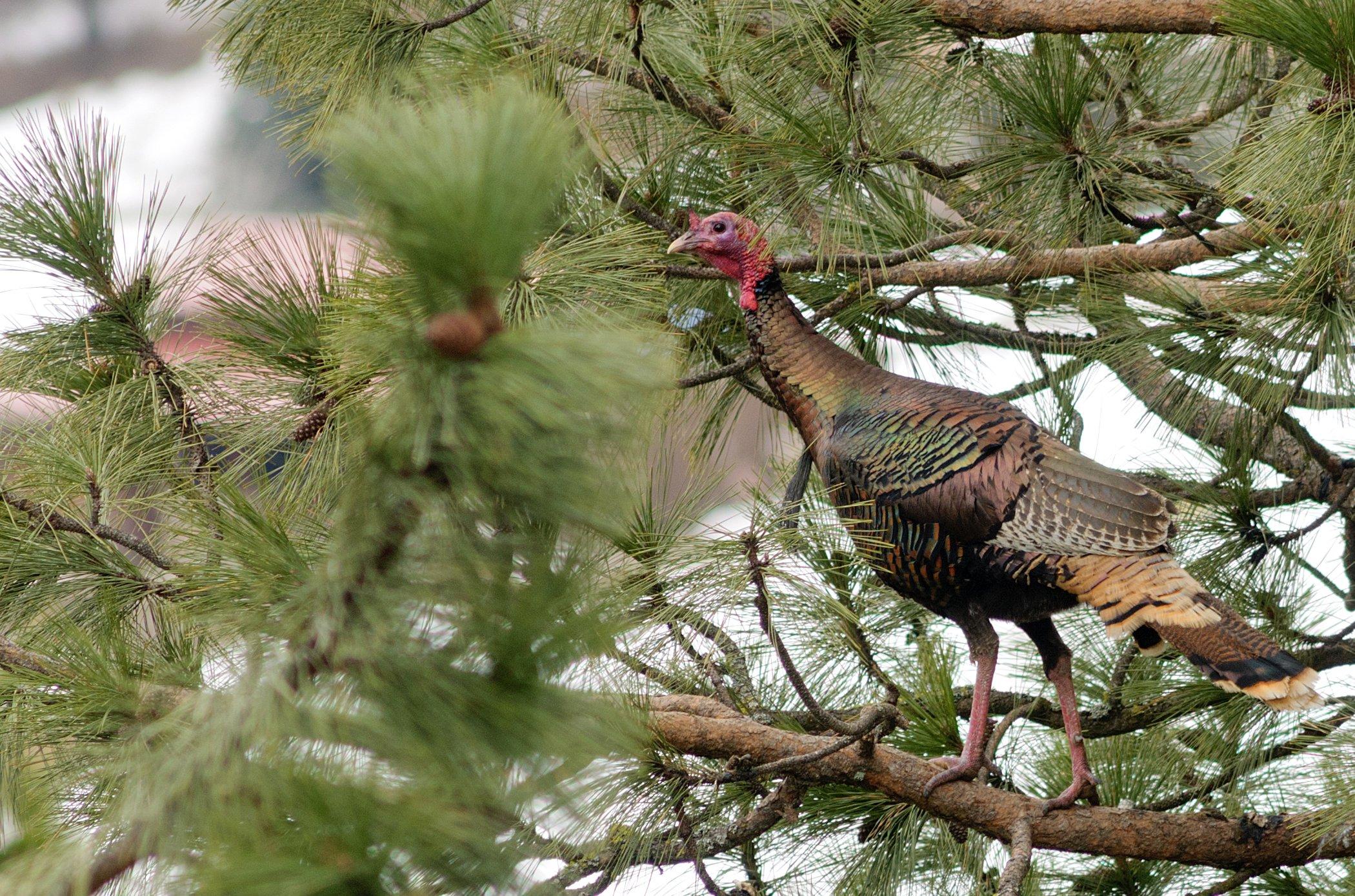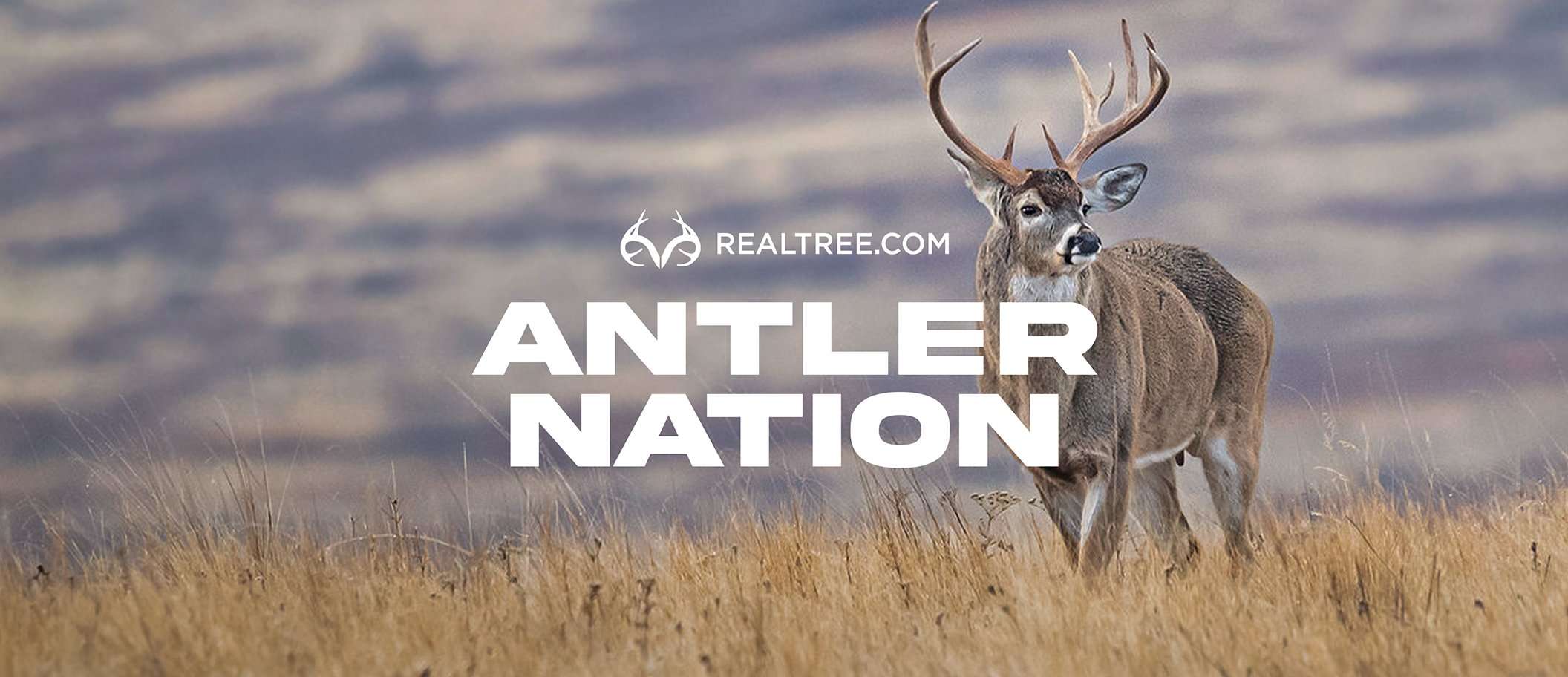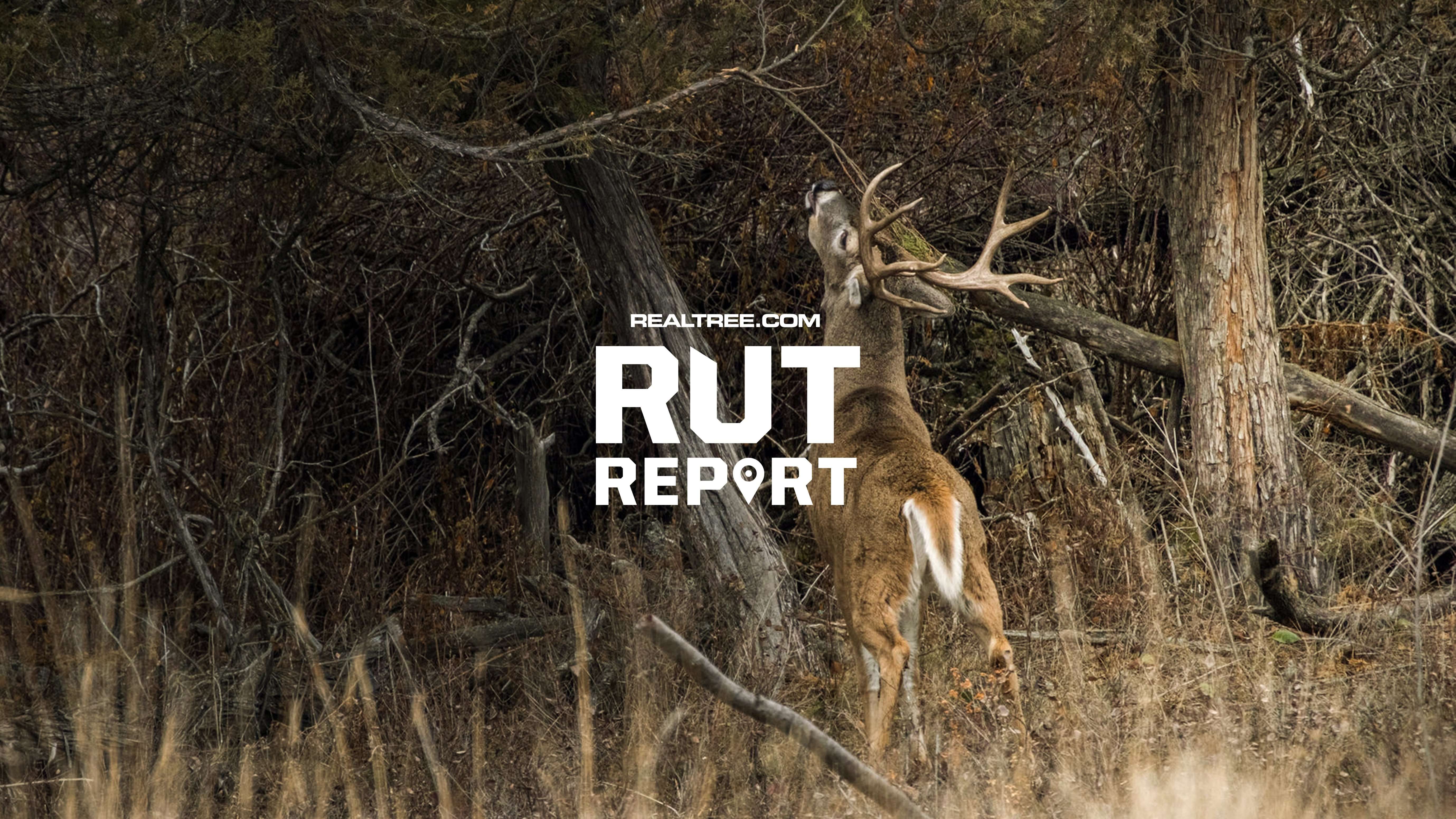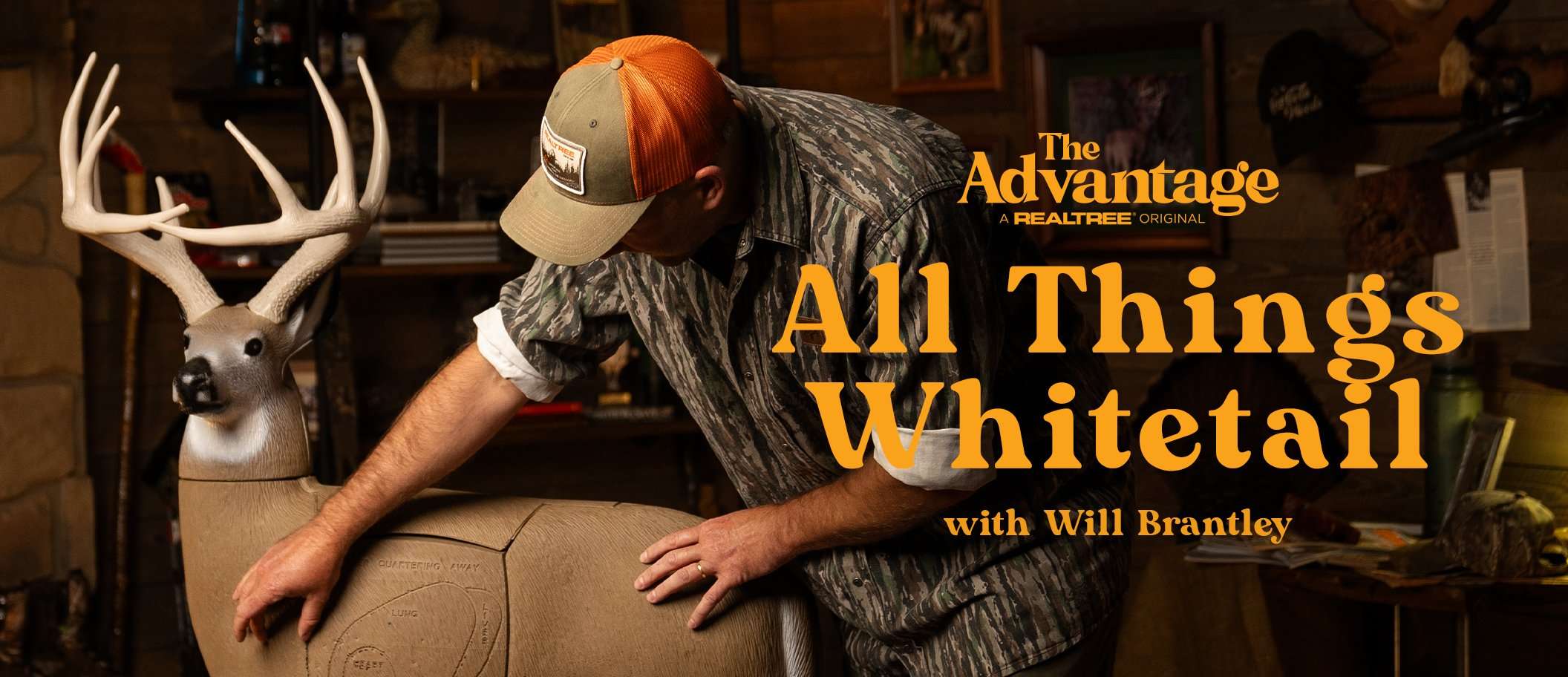If you dare to creep in beneath a roost, it can be the best or worst decision you’ll make this spring. Here’s how to do it right

Remember, if you can see a gobbler, he can see you. Use pre-dawn darkness to slip close to a roost, and call sparingly. Photo by Jeffrey B. Banke.
Dawn loomed as I slipped through the dew-coated pasture grass. About 9 a.m. the previous day, I had glassed a gobbler strutting in the pasture, and I thought for sure he’d be back there. Yet, the lack of gobbles as I approached the gargantuan maple tree where the bird had been the previous morning had me second-guessing the spot. Still, I continued on.
That’s when I heard the putt. An unmistakable dark figure was suspended in the tree limbs about 125 yards away. I was right next to a tiny elm tree, so I fluidly melted up tight against the trunk and then to the ground. The bird putted a few more times and then calmed down. Whew.
Soon, he flew into the pasture and began gobbling. I pitched some soft hen talk his way. In he came, and when he crested the hill where I sat, I swung the 12-gauge and claimed him.
Hunting turkey roosts is always risky, but it can pay off with big rewards. There are some definite do’s and don’ts, so let’s discuss a few of them.
Don’t Miss: How to Avoid the 4 Biggest Turkey Calling Mistakes
IDENTIFYING ROOSTS
Although some turkeys can have erratic roosting habits, most birds gravitate toward roosting areas that have been used for a long time. You can find them using a few methods.
First, take a hike during the middle of the day. Look for mature trees and then search beneath them for droppings and feathers, which pile up through time. Turkeys typically scratch for food as they head for the roost in the evenings, so tossed leaves are worth noting, too.
Second, go out before dawn or right at dusk and listen. If birds aren’t gobbling, use a loud locator call such as a coyote howler or a crow call. Toms will often shock-gobble at loud noises, which can help you peg roosted birds.
Another way to identify turkey roosts, particularly in more open or agricultural habitats, is to glass flocks during the last half-hour of daylight. Watch where they go, and even if you don’t see them fly up, you’ll know they are roosted close to where you last saw them as daylight faded.
It’s advantageous to identify roosting areas even if you don’t intend to hunt that immediate area. Why? It can inform your access. You don’t want to tromp under a roost and unintentionally bust birds out, as that can complicate the day’s hunt or even end it if you’re on a small property.
DO’S
Many hunters mistakenly believe that the closer they are to the roost, the better their odds of getting a shot. But consider the land features surrounding the roost. Will birds flutter straight down or fly 100 yards out into an ag field? How about an adjacent ridge? Try to observe from a distance what the turkeys do after flying down before you hunt them.
Next, arrive well before daybreak on morning hunts, and on evening hunts (where legal), arrive two to three hours before dark and get settled in. Stalking close to a roost in the dark is easier said than done, as you cannot get away with using flashlights or snapping sticks. Give yourself plenty of time to tip-toe in.
Call sparingly. Turkeys aren’t expecting a hen to start squawking loudly right beneath them before they’ve flown down, so a gentle tree yelp or two is sufficient. In some cases, it’s best not to call at all.
Decoys are very effective in open habitats or on field edges. If a gobbler lands 50 to 100 yards or farther from where you anticipated, the decoys will provide an excellent visual to pad your calling efforts. But in the timber, it’s risky to set decoys because it requires more movement, which means more leaves crunching and chances for snapping sticks and spooking birds.
Check Out Our Latest Camo Pattern: Realtree APX
DON’TS
Although some say turkeys have poor eyesight in low light, I’ve been busted by enough roosted birds to believe that’s bunk. If the moon is really bright, avoid sneaking in really tight, as birds will likely notice your movements. Also, avoid approaching without some type of cover between you and the bird(s) unless it’s pitch dark.
Don’t fumble around and make noise. If your decoy bags are noisy, leave them at the truck. Set up as fluidly as possible to minimize noise and keep birds calm.
Don’t overcall. It’s so tempting when gobblers cut off every call you make, but as mentioned, a few tree yelps are usually all it takes.
Don’t attempt to set up a ground blind within 100 yards of the roost. If you must use a ground blind, set it up in advance so all you have to do is get in. Almost all ground blinds make noise, which can send birds flying.
Finally, when hunting a roost in the evening (again, where legal), don’t get out and leave if the birds fly up without presenting a shot. If you can see them, they can see you. It’s difficult, but wait until darkness falls, and then slip out as carefully as possible.
There’s more to it, but these pointers will get you started. Hunting the roost can be the worst decision you make this spring — unless you avoid making mistakes. In that case, you might have a dynamite hunt that ends almost as quickly as it begins.












